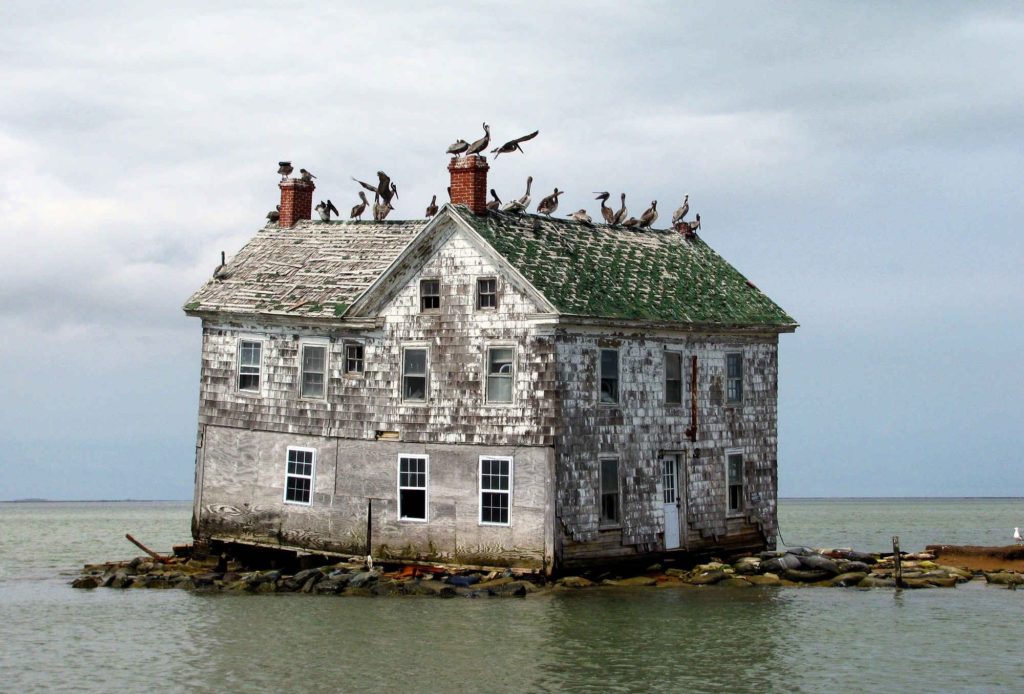The Victorian era was when the United Kingdom of Great Britain and Northern Ireland saw a sudden increase in progress and ingenuity. It was also the time of the first Industrial Revolution, social change, and political reform. While you can find many remnants of the Victorian era, there is one specific piece that still holds a piece of its time: Holland Island.
What makes this place historical is not because of how it was discovered during the Victorian era but rather on the island. The island only had one house, and one man tried to save the house as best as he could in hopes of preserving a piece of Victorian history.
The Beginning of Holland Island
It was first discovered in the 1600s, and it was named after its first owner, a colonist named Daniel Holland. During the island’s first 200 years, nothing significant happened since only a handful of people occupied the island. However, in the 1850s, the Chesapeake area saw a significant increase in fishing and farming industries, bringing many visitors to the island.
By 1890, a large group of watermen mostly occupied the island’s community. It was also when the population suddenly increased to 360 residents by 1910, making Holland Island the most populated place in Chesapeake Bay.
At its pinnacle, the island was a thriving community. It was slowly turning into a normal island, which was almost a ghost island before. The community managed to construct at least 70 structures such as homes, shops, a post office, a school, different general stores, and a church. The island even had a community center, a doctor, and a baseball team that traveled to faraway places to compete in games.
Nearly 90 vessels made their way to Holland Island and considered it their home. It was the perfect place where they had better luck catching fish, dredging for oysters, and trapping crabs.

The last house on Holland Island that eventually fell in October 2010.
The Undoing of Holland Island
After a while, residents found out that the island was susceptible to shoreline erosion due to the crashing waves. It lacked a rock foundation, which slowly made the island disappear from the map. Along with the melting polar caps, the sea level grew until it engulfed most of the land. By 1914, residents desperately tried to fix the island by importing stones to construct walls, and they even sunk boats to reduce soil erosion.
The seawater was slowly swallowing the island, which forced many residents to flee to the mainland. Unfortunately, a terrible storm hit the island in 1918, forcing even more of the population to leave the island. Several stragglers stayed behind the island in hopes of getting bounty during the fishing seasons until everyone finally left the island when the church left.
What made the island garner attention was a single house standing around a small patch of land. Unfortunately, the house finally settled into the Bay in October 2010.


















